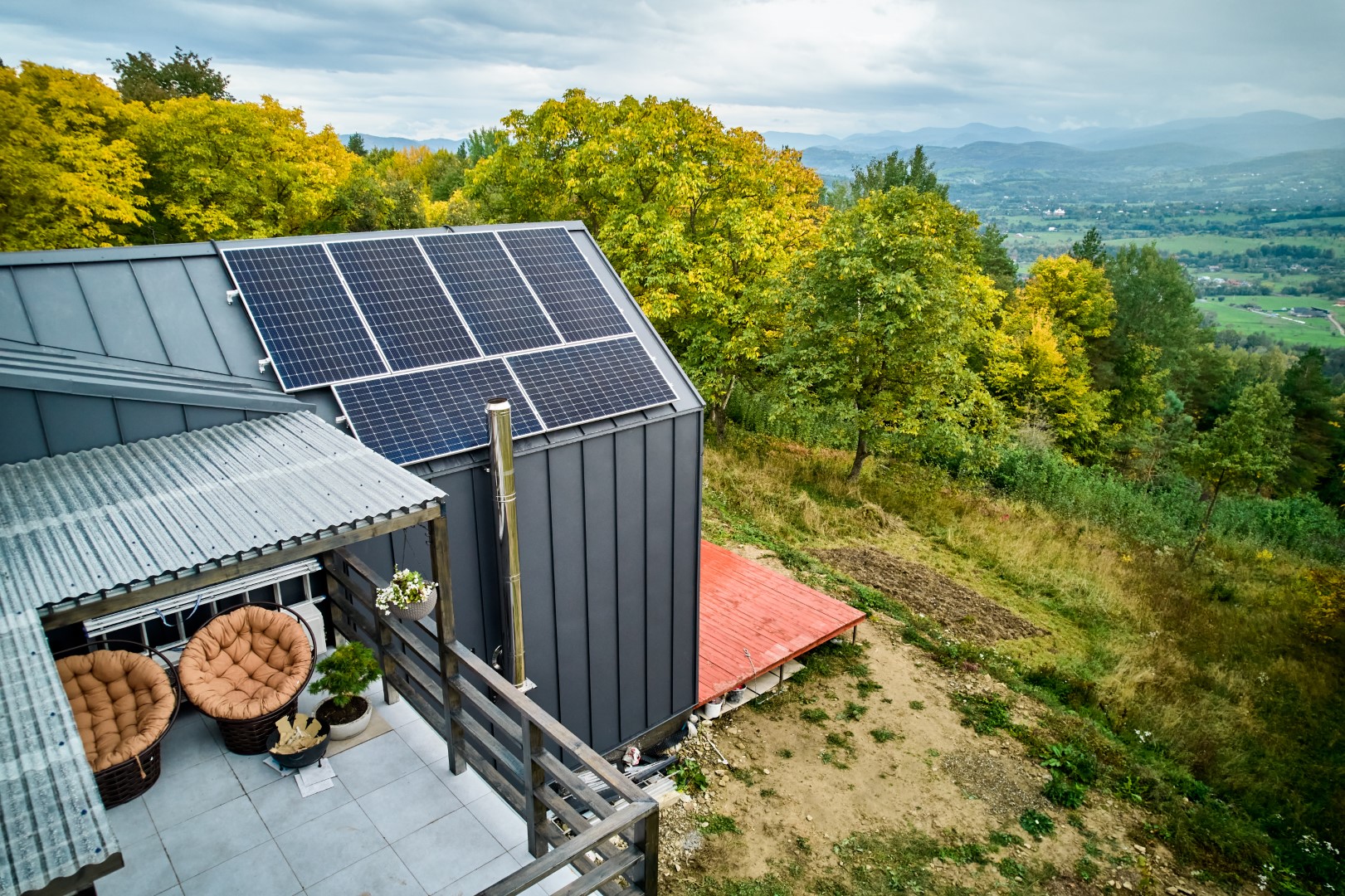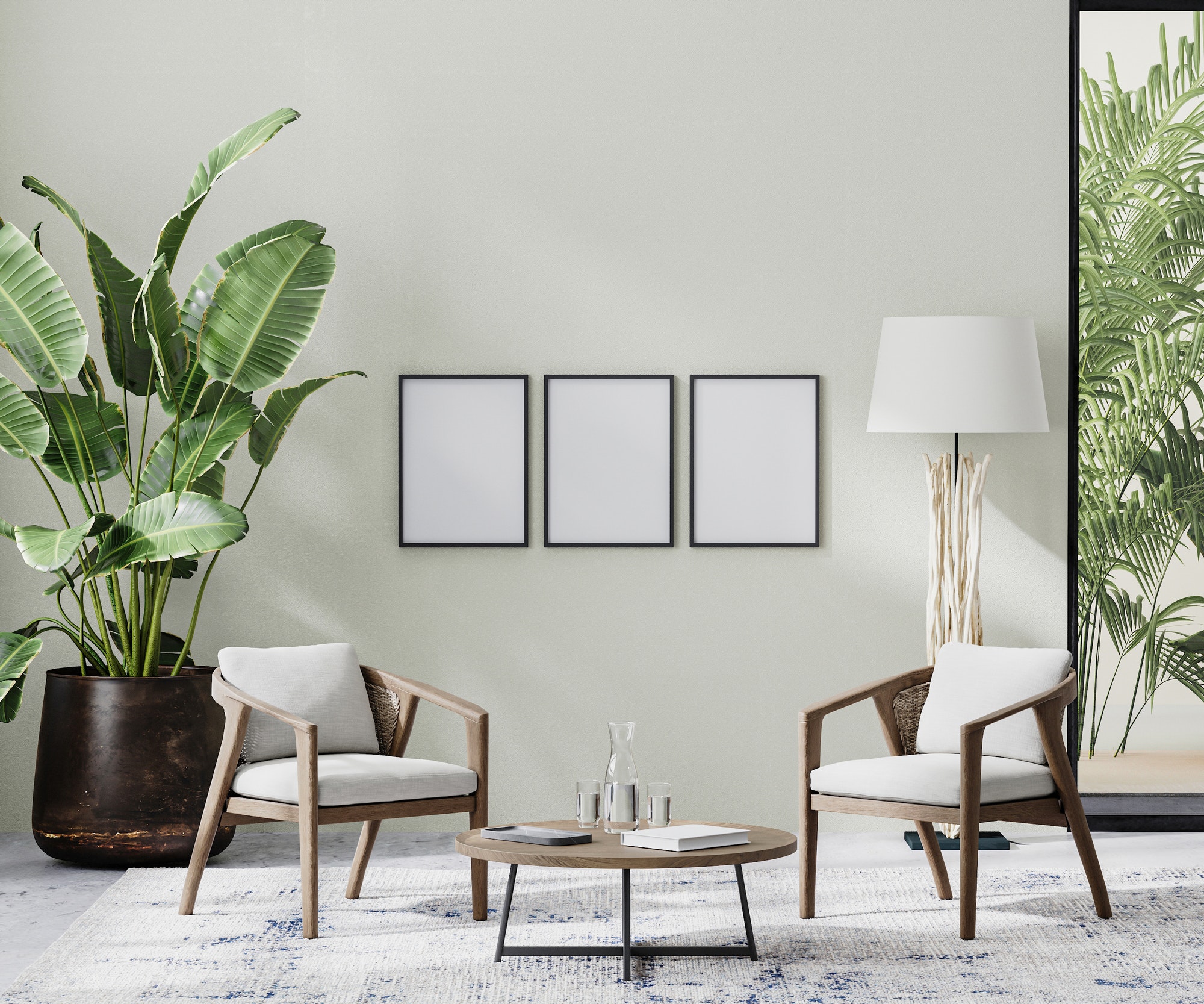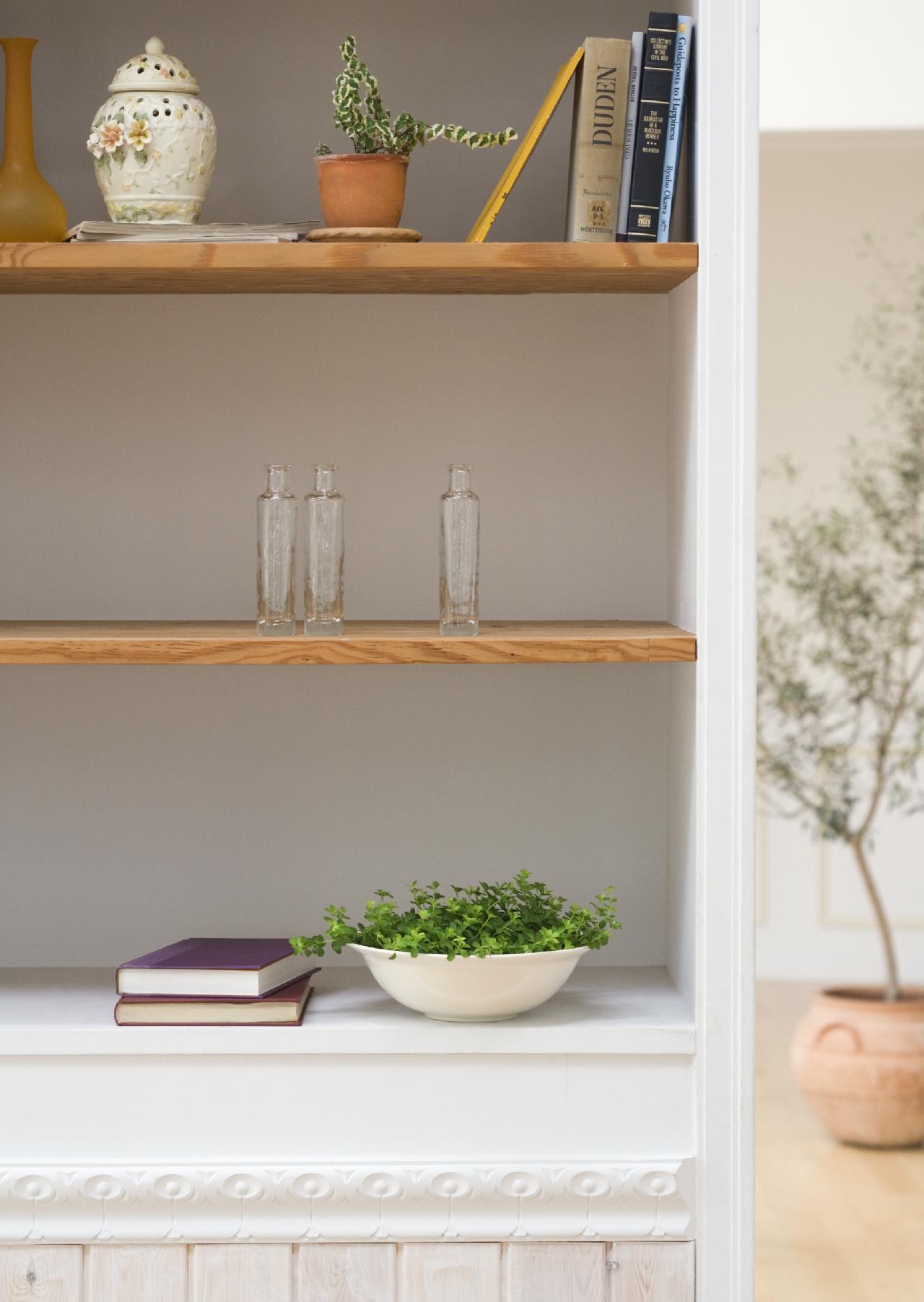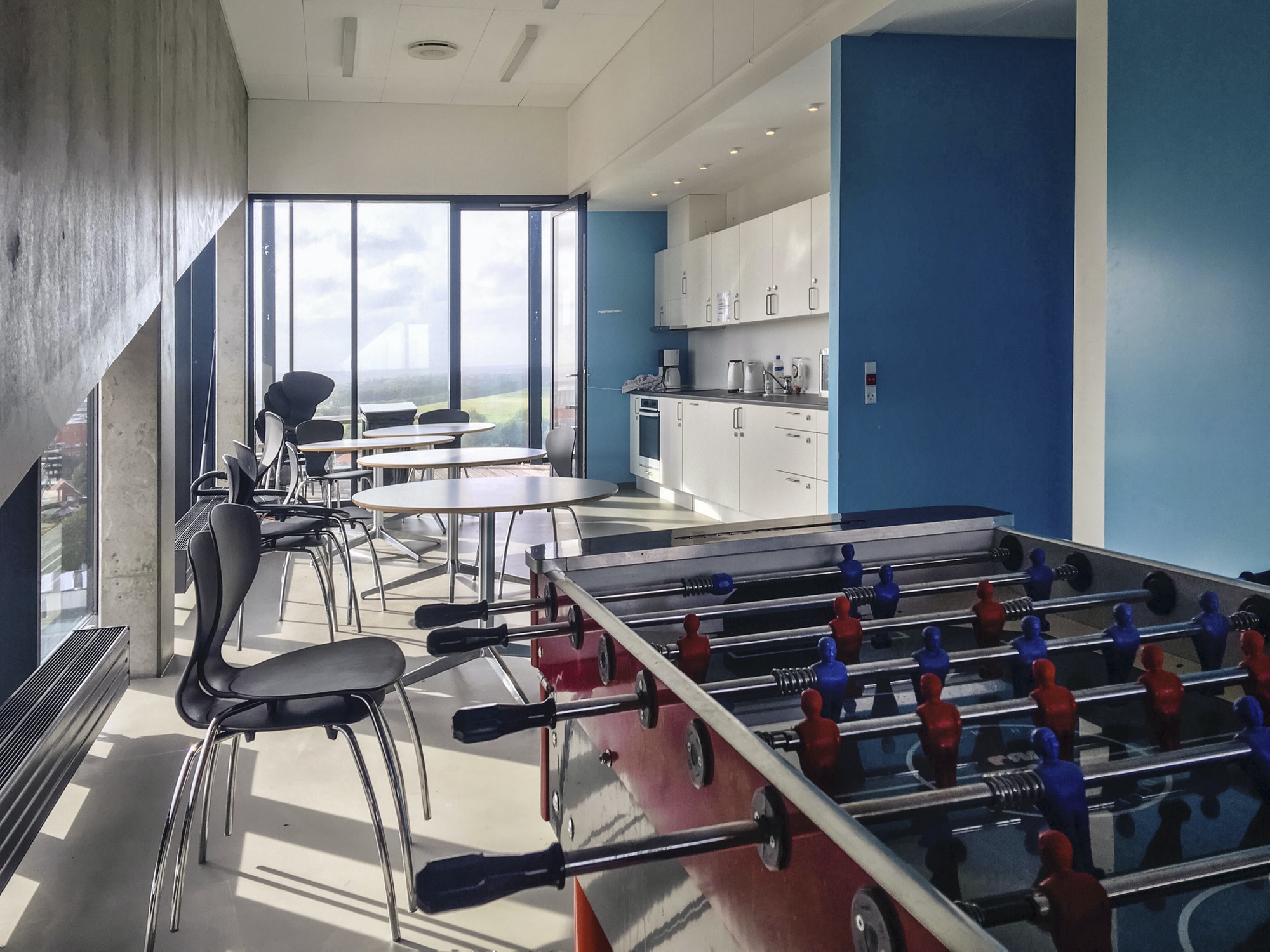Within the architectural sector, an astute recognition of the legacy of design expertise intertwines with an ongoing pursuit of sustainability. Firms dedicated to this vision such as Shepherd Resources, INC/AIA serve as illustrations of modern architecture seamlessly merging style with substance. As environmental considerations take center stage, innovative home designs are reshaping conventional approaches, dually emphasizing efficiency and ecological sensitivity.
Efficiency and Sustainability in Design
Contemporary architectural blueprints frequently incorporate solar arrays, geothermal systems and other renewable energy sources, marking a substantial shift in residential design philosophies. At the core of these eco-friendly dwellings is the strategic utilization of natural light, not only for its capacity to reduce energy consumption but also for its empirically proven psychological benefits. Tomorrow’s homes prioritize both environmental impact and the human experience, crafting spaces that nurture us while minimizing their ecological footprint.
Intersection of Technology and Traditional Materials
While cutting-edge technology and green building strategies are now intertwined, an equally compelling narrative revolves around traditional materials. Technological breakthroughs have revitalized materials like timber and stone, sourced and processed through methods that minimize environmental impact. The modern home now embodies innovation and an awareness of its ecological footprint, paying homage to tradition without compromising efficiency or ethics.
Architectural Trends Shaping Tomorrow’s Green Homes
Residences today are evolving into intelligent ecosystems that seamlessly merge nature with technology; living roofs and smart home systems prominently feature in designs, reflecting a growing consumer desire to live in harmony with the environment. The prevalent minimalist ethos in current architectural trends underscores an emerging consensus that less can indeed be more, with reduced clutter corresponding to a diminished ecological imprint, creating homes that are both contemporary and conscientious.
Blending Modern Aesthetics with Green Architecture
Even as habitats become more efficient, there is no compromise on aesthetics. Modern green designs expertly balance energy-saving features with visual grandeur; sleek solar panels and unassuming wind turbines are seamlessly woven into architectural narratives that accentuate beauty rather than obscure it. This harmony of form and function is exemplified by homes that embrace eco-conscious principles while delivering visually stunning experiences.
Eco-Conscious Material Choices Driving Design Trends
Architects frequently draw from a palette encompassing materials such as reclaimed wood and recycled steel, selected for their dual merits in aesthetics and sustainability. Innovations in insulation materials and high-performance windows propel architectural design trends, empowered by technological advancements enabling architects to redefine sustainable buildings without compromising style or structure. Embracing eco-conscious choices enhances visual appeal while affirming a commitment to responsible and environmentally sound construction practices.
Significance of LEED Certification in Modern Architecture
In contemporary architectural design, achieving Leadership in Energy and Environmental Design (LEED) certification is increasingly becoming an ambition for numerous projects. LEED standards influence construction comprehensively, encouraging architects and builders to critically assess each material and system implemented. The pursuit of LEED certification has become a symbol of excellence in sustainable architecture, acknowledging environmental responsibility while enhancing the value and integrity of the structure.
Visual Aesthetics in Landscaping and Their Ecological Impact
Sustainable landscaping is emerging as an art form, intricately weaving the visual appeal of green spaces with eco-friendly design principles. Techniques such as xeriscaping conserve water while preserving curb appeal, while native plants serve dual purposes, attracting local wildlife and eliminating the need for resource-intensive maintenance. The thoughtful composition of landscapes mirrors modern society’s growing environmental ethic, symbolizing a reunification with the natural world even in the most modern habitats.
Merging Tradition with Innovation: The Evolution of Sustainable Materials in Architecture
Lastly, a renewed appreciation for traditional building materials is reshaping today’s construction landscape, emphasizing their sustainable revival. Adobe, cob and thatch are reclaiming their place in mainstream architecture, reimagined for energy efficiency and compliance with modern building codes. On the cutting edge, architects are also experimenting with emerging materials like bioplastics, recognized for their potential to revolutionize the building industry with a lower ecological burden.
Discover more from Futurist Architecture
Subscribe to get the latest posts sent to your email.



